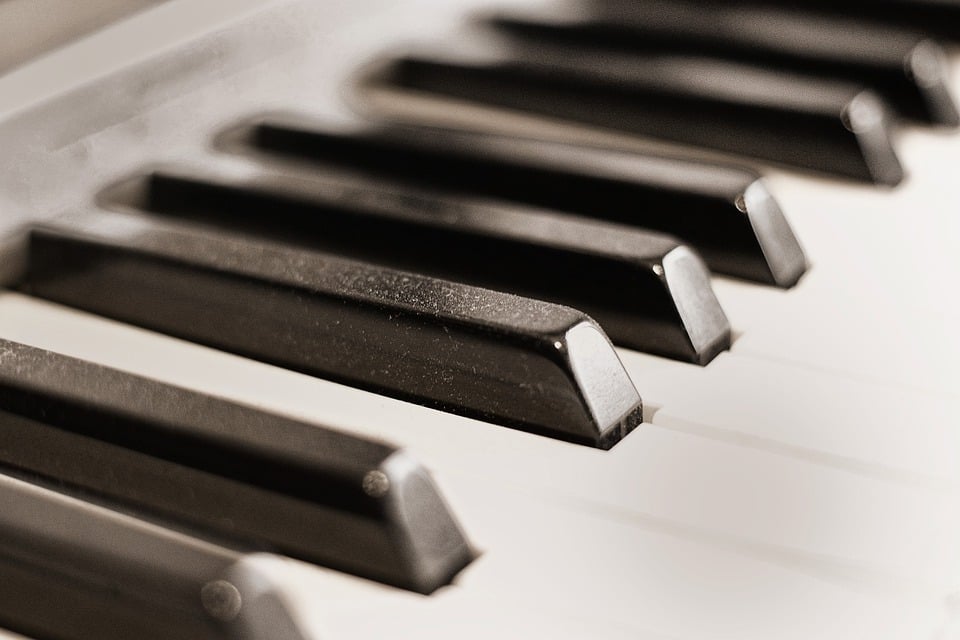The Importance of Musical Heritage
Music has been a part of human culture for centuries, with each region and community developing its own unique style and traditions. These musical traditions are not just for entertainment, but they also serve as a means of expressing cultural identity, history, and values. Musical heritage plays a crucial role in preserving the identity and history of a community, passing down traditions from one generation to the next.
The Evolution of Traditional Music
Traditional music is deeply rooted in the history and culture of a community, often reflecting the struggles, triumphs, and everyday experiences of the people. These traditional songs and melodies have been passed down through generations, evolving over time as new influences and changes in society shape the music.
As society evolves, so does traditional music. With the introduction of new instruments, technologies, and musical genres, traditional music has adapted and changed to reflect the times. While the core essence of traditional music remains the same, the incorporation of new elements has led to the revitalization and reinvention of musical heritage.
From Tradition to Innovation
The evolution of musical heritage is a delicate balance between honoring the past and embracing the future. While it is important to preserve traditional music and its unique characteristics, it is equally important to innovate and experiment with new sounds and styles. This fusion of tradition and innovation is what keeps musical heritage alive and relevant in today’s society.
Innovating traditional music does not mean abandoning the roots of the music, but rather exploring new possibilities and pushing boundaries while still staying true to the essence of the music. By incorporating modern elements such as electronic instruments, digital production techniques, and collaborations with artists from different genres, traditional music can reach new audiences and continue to evolve.
Examples of Innovation in Musical Heritage
There are numerous examples of musical heritage being revitalized and reinvented through innovation. One such example is the blending of traditional folk music with electronic music in countries like Ireland and Scotland. Artists like The Gloaming and Martyn Bennett have successfully merged traditional Celtic melodies with electronic beats, creating a fresh and contemporary sound that appeals to a younger audience while still paying homage to the roots of the music.
Another example is the collaboration between traditional musicians and artists from other genres, such as classical, jazz, and hip-hop. By bringing together musicians with different backgrounds and influences, traditional music can be reimagined in new and exciting ways. The Silkroad Ensemble, founded by cellist Yo-Yo Ma, is a prime example of this collaboration, bringing together musicians from around the world to create a fusion of traditional and modern sounds.
Preserving Musical Heritage for Future Generations
As musical heritage continues to evolve, it is important to ensure that traditional music is preserved and passed down to future generations. This includes documenting and archiving traditional songs and melodies, as well as teaching younger musicians the techniques and traditions of their ancestors.
One way to preserve musical heritage is through music education programs that teach traditional music to children and young adults. By providing opportunities for young people to learn about their musical heritage, we can ensure that these traditions are carried on and cherished for years to come.
Additionally, investing in cultural institutions and organizations that support traditional music is essential for preserving musical heritage. These organizations play a crucial role in promoting and celebrating traditional music, as well as providing opportunities for musicians to collaborate and innovate.
In conclusion, the evolution of musical heritage is a dynamic and constantly evolving process that balances tradition with innovation. By embracing new sounds, technologies, and collaborations, traditional music can continue to thrive and remain relevant in today’s society. It is important to preserve and pass down traditional music for future generations, ensuring that these rich musical traditions continue to inspire and connect us for years to come.

Leave a Reply